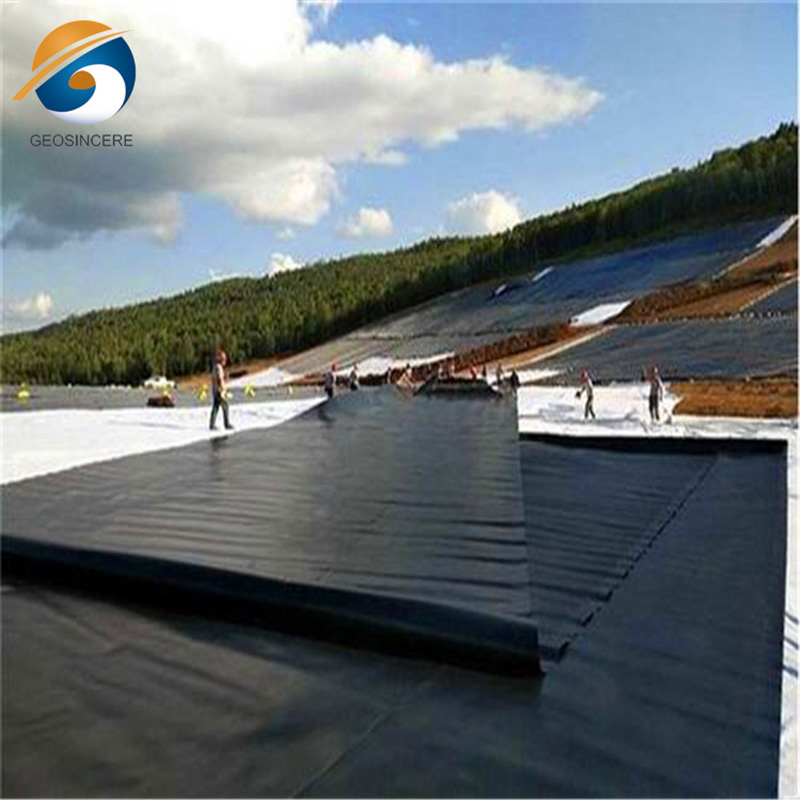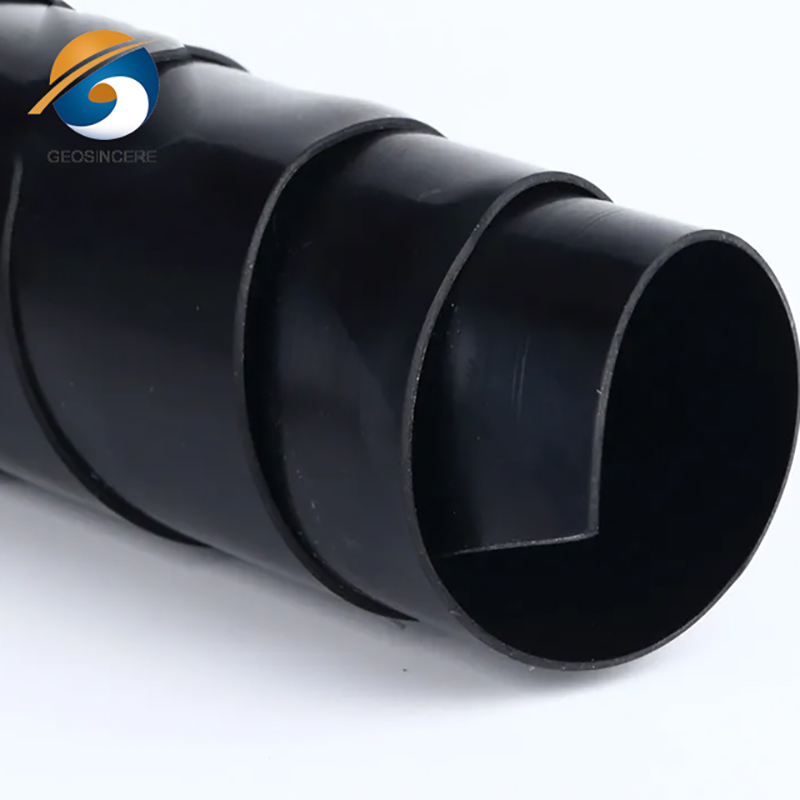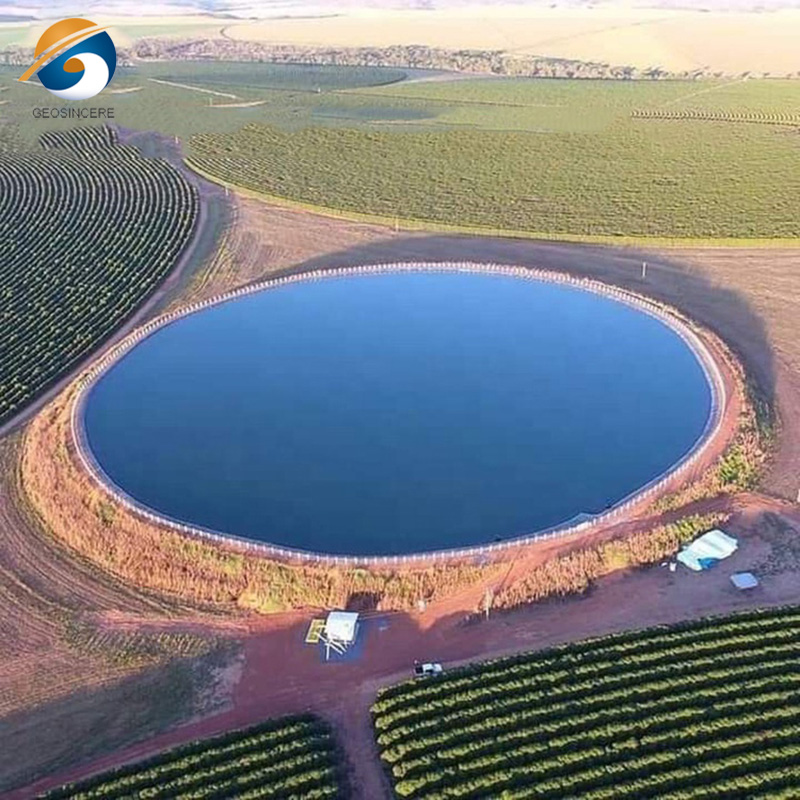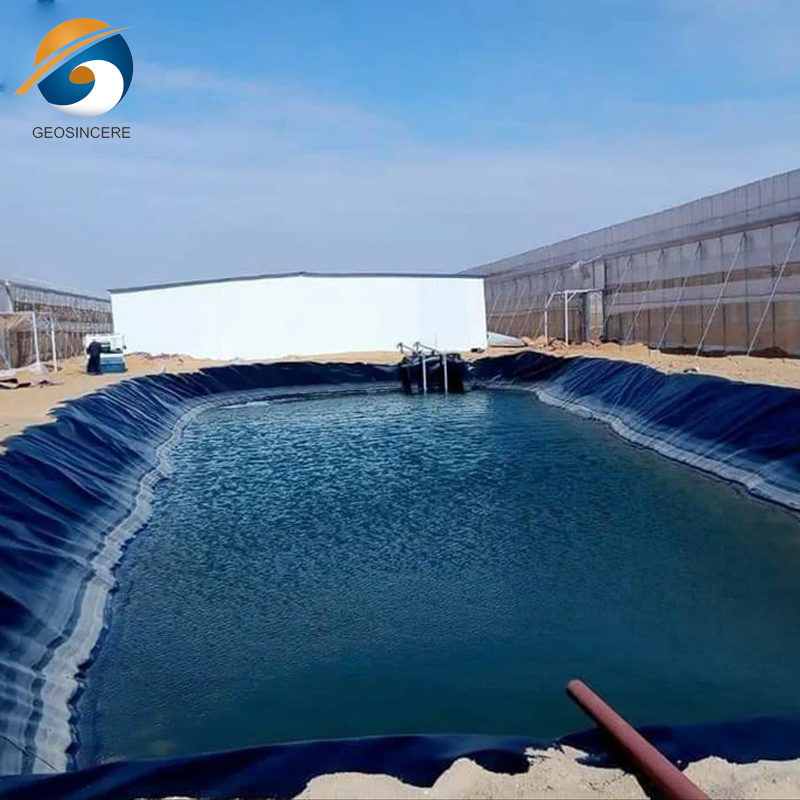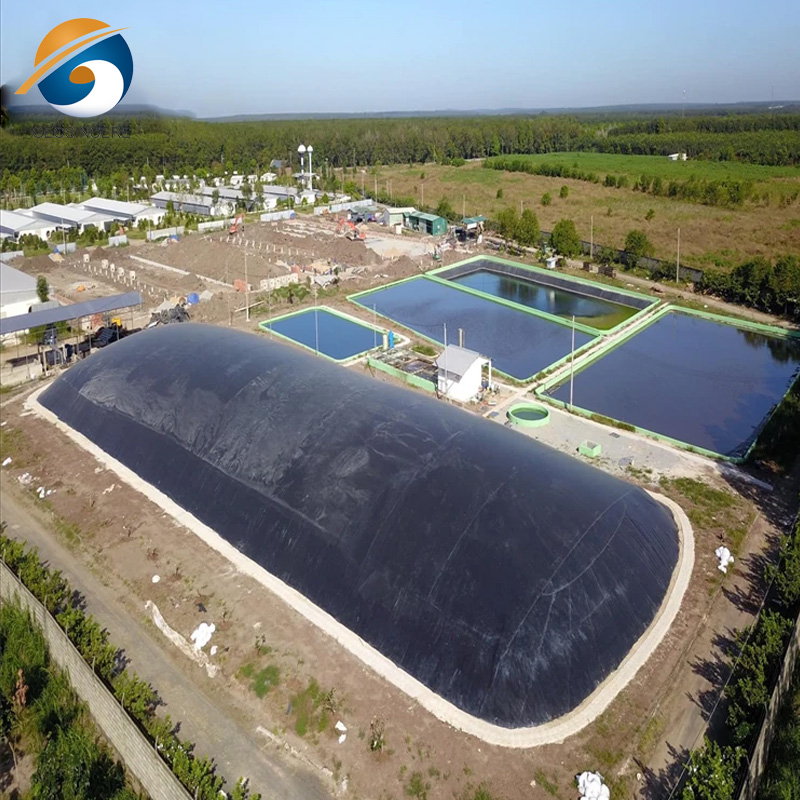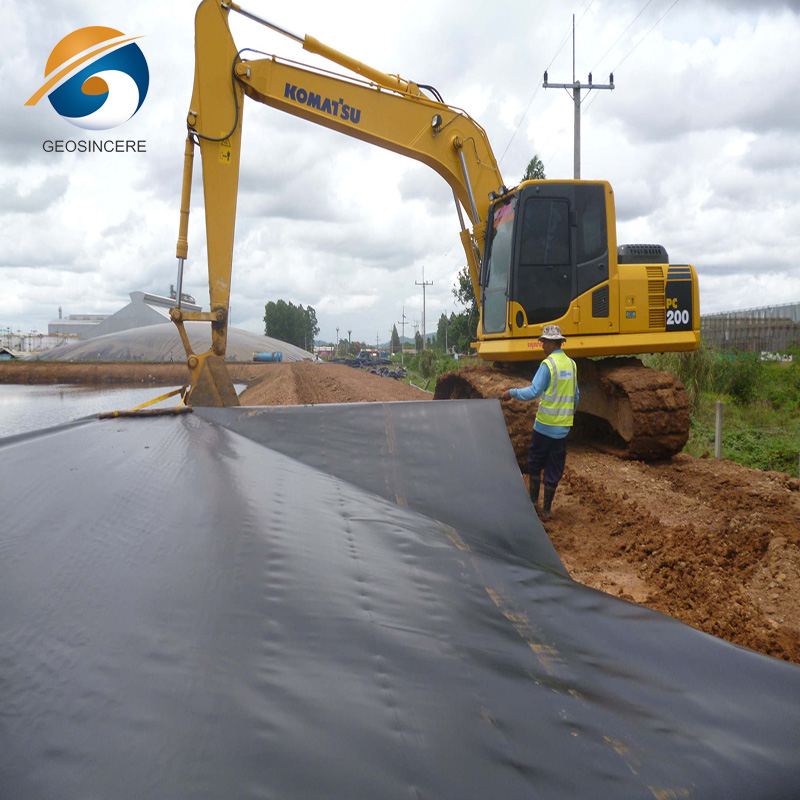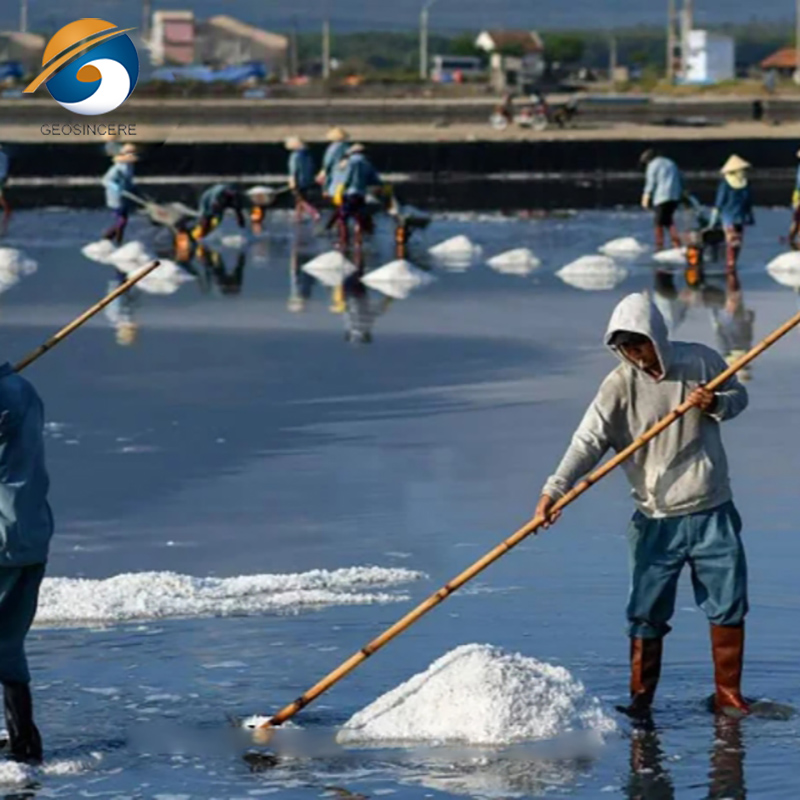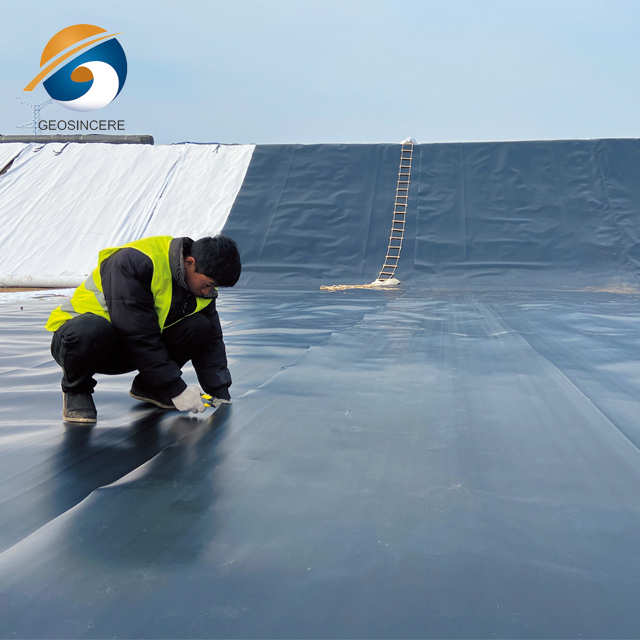What are The Applications of Geomembrane In Environmental Engineering?
In the field of environmental engineering, these versatile and impermeable geomembranes are playing a crucial role in safeguarding our planet's precious natural resources and delicate ecosystems. These thin, yet incredibly durable plastic sheets have become an indispensable tool, utilized in a wide range of essential environmental applications. From lining landfills to containing wastewater, geomembranes have emerged as the unsung heroes, working tirelessly to prevent contamination, preserve water sources, and protect vulnerable landscapes.
As the world faces ever-growing environmental challenges, Geomembranes have become an integral part of the environmental engineer's toolkit, serving as the first line of defense in the ongoing battle to preserve the health and balance of our shared planet.
This article explores the diversity and important applications of geomembranes in the field of environmental engineering. Through in-depth research on various usage scenarios of geomembranes, this article emphasizes their key contributions in reducing environmental risks and ensuring the long-term sustainability of our shared world.
One of the most crucial applications of geomembranes in environmental engineering is their use in the construction of modern landfill liners. These impermeable barriers, often made from high-performance materials , create an essential safeguard against the leakage of hazardous leachate. By forming an impenetrable seal at the base and sides of landfill sites, geomembranes prevent the contamination of surrounding groundwater and soil. This application is of paramount importance, as improper waste disposal and the subsequent leakage of pollutants can have devastating consequences for the local ecosystem.
The use of these durable, impermeable sheets is a critical component in the construction of modern, environmentally responsible waste management infrastructure.
2. Geomembrane Water Treatment Liner
Geomembranes also play a pivotal role in the construction of water treatment and containment facilities. Known for their exceptional impermeability and durability, are widely used as liners in various water-related applications. These include wastewater treatment lagoons, stormwater detention ponds, and drinking water reservoirs. By creating an impenetrable barrier, geomembranes prevent the leakage of potentially contaminated water, ensuring that surface water and groundwater sources remain protected from pollutants. This application is crucial for safeguarding the quality of water resources that are essential for public health, agricultural use, and ecosystem preservation.
The reliable performance of geomembrane liners is particularly important in water treatment facilities, where even minor leaks could lead to the infiltration of hazardous substances. Environmental engineers rely on the proven track record of these geomembrane products to maintain the integrity of water containment systems and uphold strict regulatory standards for water quality. The versatility and effectiveness of geomembranes make them an indispensable tool in the overall effort to manage and protect our precious water resources.
3. Geomembrane Containment of Toxic Substances
Geomembranes play a vital role in the containment and management of toxic and hazardous materials, making them essential components in the safeguarding of the environment. These impermeable plastic sheets are widely used as barriers to prevent the leakage and migration of harmful substances, ensuring they do not contaminate surrounding soil, water, and ecosystems.
In applications such as the lining of chemical storage ponds, hazardous waste disposal facilities, and even industrial spill containment areas, geomembranes create an impenetrable barrier that effectively isolates toxic materials from the environment. Their superior resistance to chemical degradation and excellent tensile strength make geomembranes ideally suited for this critical task.
By containing toxic substances within designated, heavily engineered containment systems, geomembranes help mitigate the risk of accidental releases and the subsequent environmental damage that could occur.Relying on the reliable performance of these durable and flexible membranes to protect water sources and sensitive habitats.
The use of geomembranes in the containment of toxic substances is a testament to their versatility and importance in the field of environmental protection. As the world grapples with the challenges of responsible waste management and chemical safety, these innovative materials continue to play a pivotal role in preserving the integrity of our natural environment.
4. Geomembrane for Erosion Control
Geomembranes have also emerged as a vital tool in the field of erosion control, helping to safeguard vulnerable landscapes and prevent the degradation of valuable natural resources. These impermeable, durable plastic sheets are deployed in a variety of applications where the prevention of soil and surface water erosion is crucial.
One prominent use of geomembranes in erosion control is in the construction of canals, drainage ditches, and other water conveyance structures. By lining these features with geomembranes, environmental engineers can create an impenetrable barrier that prevents the seepage and subsequent erosion of surrounding soil.
Geomembranes are also utilized in the stabilization of slopes, embankments, and other vulnerable landforms. When installed beneath the surface, these membranes act as a reinforcing layer, helping to anchor the soil and prevent the occurrence of landslides, slumping, and other forms of erosion. This application is invaluable in protecting critical infrastructure, such as roads and bridges, as well as preserving the integrity of natural habitats and ecosystems.
5. HDPE Geomembrane Advantages
The combination of HDPE's chemical resistance, impermeability, durability, and cost-effectiveness makes it a preferred choice for many geomembrane applications in environmental protection and infrastructure development.
- Excellent Chemical Resistance: HDPE geomembranes exhibit superior resistance to a wide range of chemicals, making them well-suited for containment of hazardous materials.
- High Impermeability: The dense, nonporous structure of HDPE provides an impenetrable barrier, effectively preventing the migration of liquids and gases.
- Durable and Long-Lasting: HDPE geomembranes have exceptional tensile strength and are highly resistant to UV exposure, weathering, and physical damage.
- Flexible and Adaptable: HDPE can be easily installed and contoured to fit a variety of complex site conditions and landforms.
- Cost-Effective: HDPE is a relatively low-cost material, making it a practical choice for large-scale environmental engineering projects.
-Proven Performance: HDPE geomembranes have a well-established track record of reliable performance in a diverse range of environmental applications.
6. Conclusion
As we grapple with the pressing environmental challenges of our time, these versatile and durable materials will undoubtedly play an increasingly vital role in safeguarding our planet.By effectively containing and managing waste, these materials can help to preserve sensitive ecosystems, protect biodiversity, and ensure the continued availability of clean water and other essential resources.

